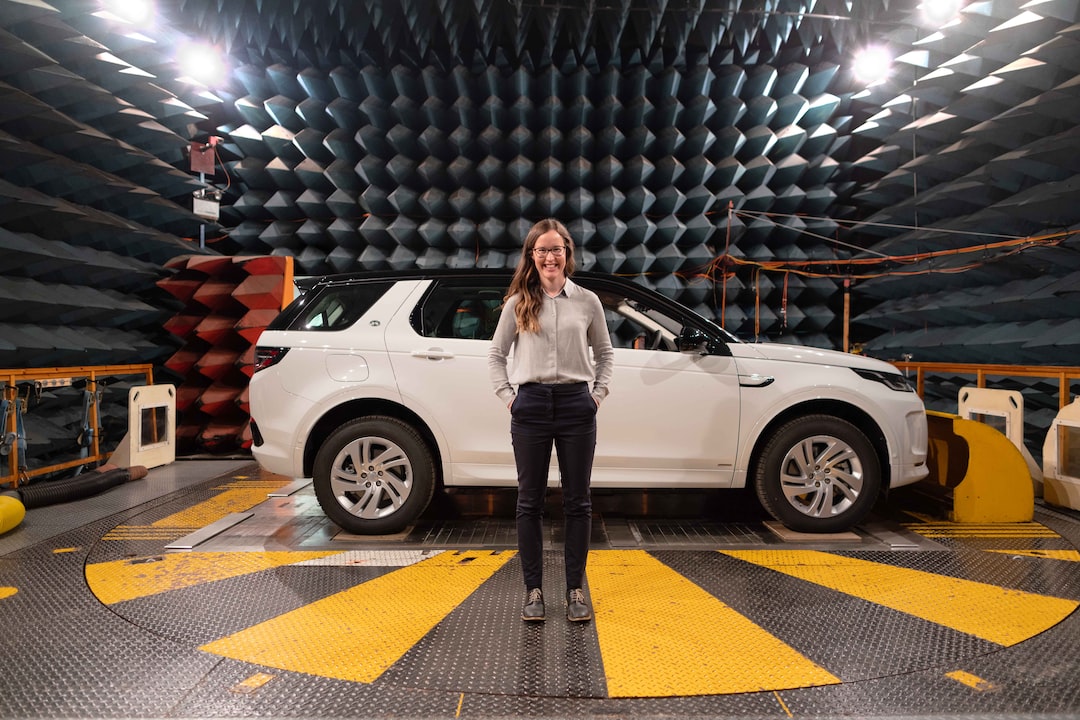The Role of Augmented Reality (AR) in Engineering Design and Visualization
Augmented Reality (AR) has emerged as a game-changer in various industries, and engineering is no exception to its transformative capabilities. By integrating real-world elements with computer-generated information, AR provides engineers with a powerful tool for enhancing design and visualization processes. This technology has the potential to revolutionize the way engineering projects are conceptualized and executed, ultimately leading to more efficient, accurate, and cost-effective outcomes.
One of the key areas where AR is making a significant impact is in the design phase of engineering projects. Traditionally, engineers have relied on 2D blueprints and digital models to conceptualize and communicate their ideas. While these methods have served their purpose, they often fall short in providing a comprehensive understanding of the proposed design. This is where AR comes into play.
With AR, engineers can overlay virtual components onto the real world, providing a tangible representation of their designs. For example, instead of relying solely on blueprints, an architect can create a 3D virtual model of a building and superimpose it onto the actual site. This allows for a much better sense of scale, proportions, and spatial relationships, helping both the engineers and stakeholders visualize the final product with higher precision.
In addition to improving the design process, AR also enhances the efficiency of collaboration among engineering teams. With AR-enabled devices, team members can share real-time information, collaborate remotely, and troubleshoot issues without being physically present at the site. For instance, an engineer working on a construction site can utilize AR glasses to interact with a remote expert who can guide them through complex tasks, reducing the likelihood of errors and minimizing downtime.
Furthermore, AR enables engineers to perform virtual simulations, providing valuable insights into the performance and behavior of proposed designs. By creating virtual prototypes, engineers can test various design iterations, making adjustments on the fly, and assessing the impact of these changes in real-time. This not only saves time and resources but also allows engineers to identify potential flaws or limitations before the construction phase begins, ultimately reducing the likelihood of costly rework.
Another area where AR is revolutionizing engineering design and visualization is in the training and education of future engineers. As the technology becomes more accessible, educational institutions are incorporating AR into their curriculum to provide students with hands-on, immersive learning experiences. AR allows students to visualize complex engineering concepts in a practical manner, making abstract theories more tangible and engaging. Moreover, AR-based training simulations enable students to practice real-world scenarios without incurring the risks associated with physical experiments, promoting a safer learning environment.
AR also holds immense potential to improve maintenance and repair processes in engineering industries. By utilizing AR devices, technicians can be guided through complex repair procedures as virtual overlays provide step-by-step instructions and highlight critical components. This not only simplifies and expedites the repair process but also reduces the need for extensive training of technicians, saving time and costs for organizations.
Despite its numerous benefits, the widespread adoption of AR in engineering design and visualization does face certain challenges. The hardware requirements, such as AR-enabled devices, can be expensive, limiting accessibility for some organizations. Moreover, standardization and compatibility issues need to be addressed to ensure seamless integration of AR with existing design and visualization software.
In conclusion, Augmented Reality is revolutionizing the field of engineering design and visualization. By merging the virtual and physical worlds, AR enhances the design process, enables better collaboration among engineering teams, facilitates virtual simulations, improves education and training, and streamlines maintenance and repair processes. While there are challenges to overcome, the potential benefits and transformative capabilities of AR in engineering are undeniable. As the technology continues to advance, we can expect to see even more innovative applications of AR in engineering projects, leading to improved efficiency, accuracy, and productivity in the industry.


